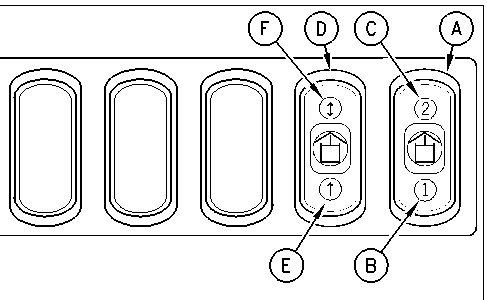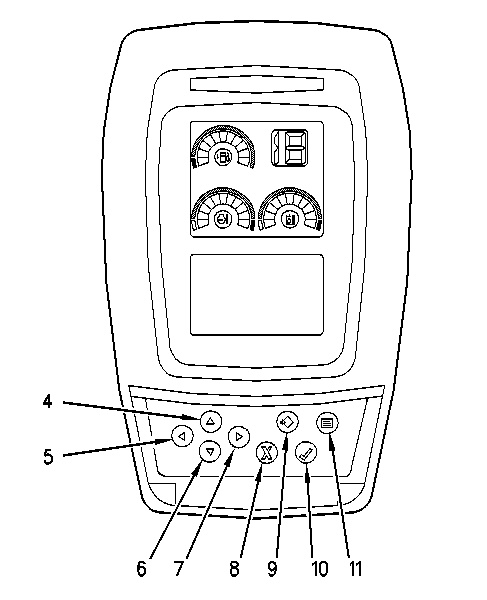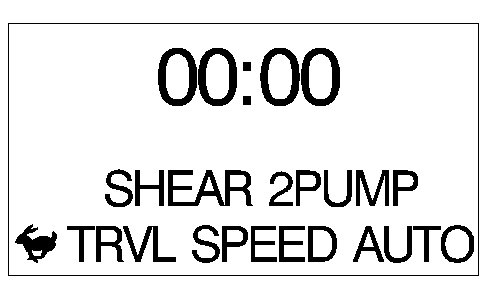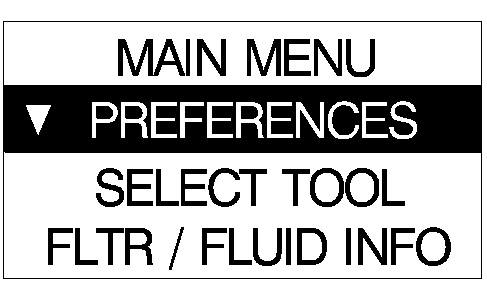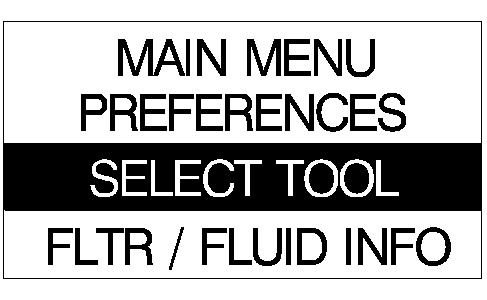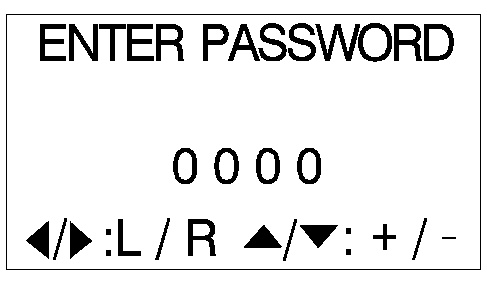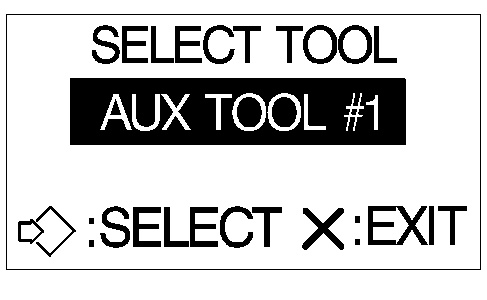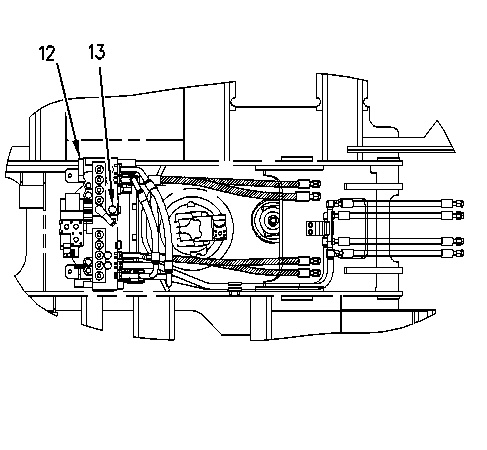Since the pressure specifications, the flow rate, and engine rpm may vary with types and/or suppliers of a work tool, it is very important to follow the specifications of the supplier. Failure to follow the specifications of the supplier could result in poor performance of the work tool.
- Position the machine on level ground.
- Stop the engine.
- Release the pressure in the hydraulic system. Refer to Testing and Adjusting, “Hydraulic System Pressure – Release” for the machine.
- Connect a 40000 kPa (5800 psi) pressure gauge to pressure tap (27) . Connect a 6000 kPa (870 psi) pressure gauge to pressure tap (37) . This is used to monitor power shift pressure.
Note: Refer to Illustration 1 for the 320C and the 322C machines.
Note: Refer to Illustration 2 for the 325C machines.
|
|
|
|
|
|
| Illustration 1 | g01000946 |
|
Pump compartment for the 320C and the 322C (26) Pressure tap (idler pump) (27) Pressure tap (drive pump) (37) Pressure tap (power shift) |
|
|
|
|
|
|
|
| Illustration 2 | g01000947 |
|
Pump compartment for the 325C (26) Pressure tap (idler pump) (27) Pressure tap (drive pump) (37) Pressure tap (power shift) |
|
- Excavators that are equipped with a System 2 have a one pump/two pump switch and a one-way/two-way flow switch. These switches are located on the inside of the cab. Be sure that the cab switch for one pump/two pump flow (A) is set for the flow of one pump (B) . Be sure that the cab switch for one-way/two-way flow (D) is set for two-way flow (F) .
|
|
|
|
|
|
| Illustration 3 | g00994458 |
|
(A) Rocker switch for one pump flow and two pump flow (B) Switch position for one pump flow (C) Switch position for two pump flow (D) Rocker switch for one-way flow and two-way flow (E) Switch position for one-way flow (F) Switch position for two-way flow |
|
- Turn the engine start switch to the ON position. The default display screen will show on message display.
|
|
|
|
|
|
| Illustration 4 | g00790528 |
|
(4) Up key (5) Left key (6) Down key (7) Right key (8) Cancel key (9) Set key (10) OK key (11) Menu key |
|
|
|
|
|
|
|
| Illustration 5 | g00986293 |
|
This is a typical example of the default display screen. |
|
- Press menu key (11) in order to change from the default display screen to the main menu.
|
|
|
|
|
|
| Illustration 6 | g00789231 |
- Press down key (6) in order to highlight the “Select Tool” option. When the “Select Tool” option is highlighted, press OK key (10) .
|
|
|
|
|
|
| Illustration 7 | g00786650 |
- The current tool is shown. After a few seconds, you will be prompted to enter a password.
- Press left key (5) or right key (7) in order to select the desired position. Press up key (4) or down key (6) in order to input the password.
Note: The password is alphanumeric. You may choose from 0 to 9. You may choose from “A” to “F”. The initial password is “0001”.
|
|
|
|
|
|
| Illustration 8 | g00786656 |
- Press OK key (10) when you finish entering the password.
- The current tool is shown after entering the “Select Tool” menu.
|
|
|
|
|
|
| Illustration 9 | g00786666 |
|
This is a typical example. |
|
- Press right key (7) or left key (5) in order to scroll through the different tools. Highlight the correct auxiliary tool and press set key (9) .
- Start the engine.
- Place the machine controls at the following settings: engine speed dial at 10 and AEC switch OFF. Refer to Testing and Adjusting, “Engine Performance – Test – Engine Speed” for the machine for engine rpm settings.
- Increase the hydraulic oil temperature to 55° ± 5°C (131° ± 9°F).
- Start Service Mode and input a fixed power shift pressure of 2900 kPa (420 psi).
- Press menu key (11) .
Note: The option on the main menu display will be cancelled if thirty seconds or more elapse between keystrokes. The screen is restored to the message display.
- Press down key (6) in order to highlight the menu item “SERVICE OPTIONS” on the message display. Press OK key (10) .
- Input the password “FFF2”. Press left key (5) or right key (7) in order to change the position of the flashing character. Press up key (4) or press down key (6) in order to change the value of the flashing character. Press OK key (10) after the correct password is displayed.
- Press down key (6) in order to highlight the menu item “ECM SUMMARY” on the message display.
- Press right key (7) repeatedly until “DEVICE TEST” appears on the message display.
- Press down key (6) in order to move down one line on the message display.
- Press right key (7) until the “PS PRV – FIXED” appears on the message display.
- Press down key (6) .
- Press OK key (10) . The display on line 4 of the message display will now change to a numeric value. These characters represent the power shift pressure (kPa).
- Press left key (5) or right key (7) in order to increase or decrease the desired numeric value that is displayed on line 4 of the message display to “2900”. Pressing left key (5) one time decreases the power shift pressure 10 kPa (1.5 psi). Pressing right key (7) one time increases the power shift pressure 10 kPa (1.5 psi).
Note: The value for power shift pressure on the monitor may not always match the pressure reading on the pressure gauge. Adjust the value on the monitor until the desired power shift pressure is attained on the pressure gauge that is connected to the pressure tap for power shift pressure. The actual power shift pressure must be 2900 kPa (420 psi) on the pressure gauge.
Note: To prevent a change in power shift pressure during the relief valve adjustment, do not turn the engine start switch to the OFF position.
Note: Refer to Service Manual, RENR3814, “Engine and Pump Control System” for additional information on Service Mode.
Note: A temporary setting of the main relief valve is required before any line relief valve can be adjusted. Refer to Testing and Adjusting, “Relief Valve (Main) – Test and Adjust” for the machine for additional information on a temporary setting of the main relief valve.
Note: The pressure setting for the line relief valves in the hydraulic circuit for two-way flow is 36800 ± 1500 kPa (5337 ± 218 psi).
- Press menu key (11) .


